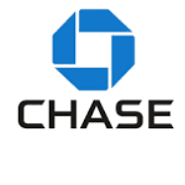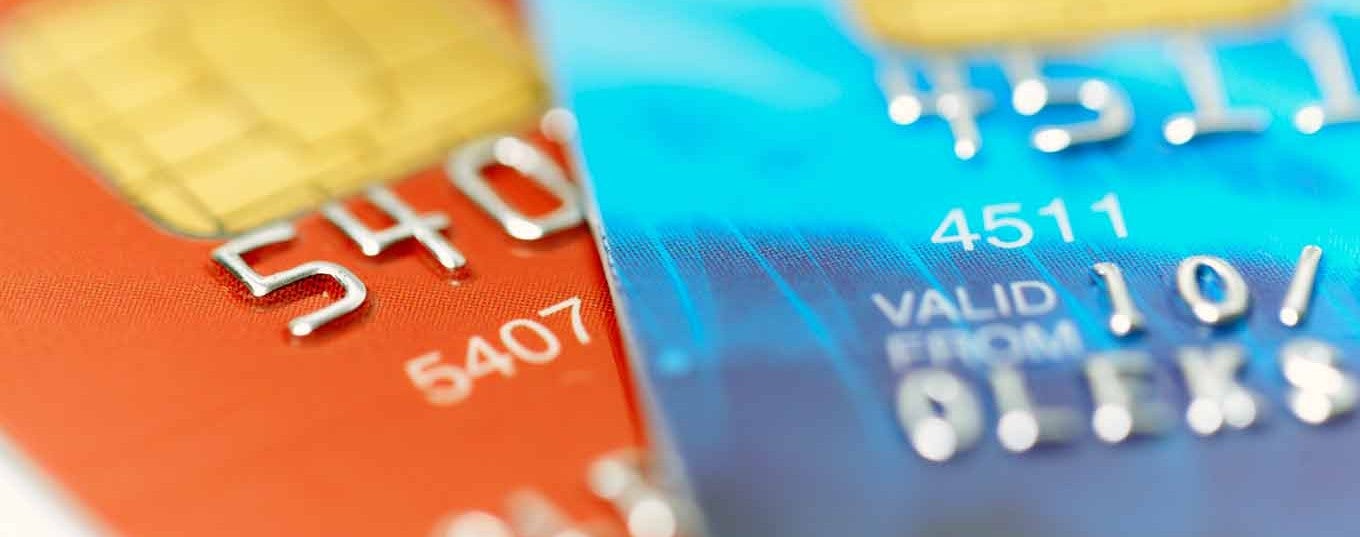
Both personal loans and credit cards provide access to extra funds and can be used to consolidate debt. However, these two lending products work in very different ways.
A credit card credit is a type of revolving credit. You have access to a line of credit and your balance fluctuates with your spending. A personal loan, by contrast, provides a lump sum of money you pay back in regular installments over time. Generally, personal loans work better for large purchases, while credit cards are better for day-to-day spending, especially if you are able to pay off the balance in full each month.
Here’s a closer look at how credit cards and personal loans compare, their advantages and disadvantages, and when to choose one over the other.
Personal Loans, Defined
Personal loans are loans available through banks, credit unions, and online lenders that can be used for virtually any purpose. Some of the most common uses include debt consolidation, home improvements, and large purchases.
Lenders generally offer loans from $1,000 to $50,000, with repayment terms of two to seven years. You receive the loan proceeds in one lump sum and then repay the loan, plus interest, in regular monthly payments over the loan’s term.
Personal loans are typically unsecured, meaning you don’t have to provide collateral (an asset of value) to guarantee the loan. Instead, lenders look at factors like credit score, debt-to-income ratio, and cash flow when assessing a borrower’s application.
Unsecured personal loans typically come with fixed interest rates, which means your payments will be the same over the life of the loan. Some lenders offer variable rate personal loans, which means the rate, and your payments, can fluctuate depending on market conditions.
Personal loans generally work best when they are used to reach a specific, longer term financial goal. For example, you might use a personal loan to finance a home improvement project that increases the value of your home. Or, you might consider a debt consolidation loan to help you pay down high-interest credit card debt at a lower interest rate.
Key Differences: Credit Card vs Personal Loan
Both credit cards and personal loans offer a borrower access to funds that they promise to pay back later, and are both typically unsecured. However, there are some key differences that may have major financial ramifications for borrowers down the line.
Unlike a personal loan, a credit card is a form of revolving debt. Instead of getting a lump sum of money that you pay back over time, you get access to a credit line that you tap as needed. You can borrow what you need (up to your credit limit), and only pay interest on what you actually borrow.
Interest rates for personal loans are typically fixed for the life of the loan, whereas credit cards generally have variable interest rates. Credit cards also generally charge higher interest rates than personal loans, making it an expensive form of debt. However, you won’t owe any interest if you pay the balance in full each month.
Credit cards are also unique in that they can offer rewards and, in some cases, may come with a 0% introductory offer on purchases and/or balance transfers (though there is often a fee for a balance transfer).
Line of Credit vs Loan
A line of credit, such as a personal line of credit or home equity line of credit (HELOC), is a type of revolving credit. Similar to a credit card, you can draw from a line of credit and repay the funds during what’s referred to as the draw period. When the draw period ends, you’re no longer allowed to make withdrawals and would need to reapply to keep the line of credit open.
Loans, such as personal loans and home equity loans, have what’s called a non-revolving credit limit. This means the borrower has access to the funds only once, and then they make principal and interest payments until the debt is paid off.
Consolidating Debt? Personal Loan vs Credit Card
Using a new loan or credit credit card to pay off existing debt is known as debt consolidation, and it can potentially save you money in interest.
Two popular ways to consolidate debt are taking out an unsecured personal loan (often referred to as a debt or credit card consolidation loan) or opening a 0% interest balance transfer credit card. These two approaches have some similarities as well as key differences that can impact your financial wellness over time.
Using a Credit Card to Consolidate Debt
Credit card refinancing generally works by opening a new credit card with a high enough limit to cover whatever balance you already have. Some credit cards offer a 0% interest rate on a temporary, promotional basis — sometimes for 18 months or longer.
If you are able to transfer your credit card balance to a 0% balance transfer card and pay it off before the promotional period ends, it can be a great opportunity to save money on interest. However, if you don’t pay off the balance in that time frame, you’ll be charged the card’s regular interest rate, which could be as high (or possibly higher) than what you were paying before.
Another potential hitch is that credit cards with promotional 0% rate typically charge balance transfer fees, which can range from 3% to 5% of the amount being transferred. Before pulling the trigger on a transfer, consider whether the amount you’ll save on interest will be enough to make up for any transfer fee.
Using a Personal Loan to Consolidate Debt
Debt consolidation is a common reason why people take out personal loans. Credit card consolidation loans offer a fixed interest rate and provide a lump sum of money, which you would use to pay off your existing debt.
If you have solid credit, a personal loan for debt consolidation may come with a lower annual percentage rate (APR) than what you have on your current credit cards. For example, the average personal loan interest rate is 11.31% percent, while the average credit card interest rate is now 24.37%. That difference should allow you to pay the balance down faster and pay less interest in total.
Rolling multiple debts into one loan can also simplify your finances. Instead of keeping track of several payment due dates and minimum amounts due, you end up with one loan and one payment each month. This can make it less likely that you’ll miss a payment and have to pay a late fee or penalty.
Both 0% balance transfer cards and debt consolidation loans have benefits and drawbacks, though credit cards can be riskier than personal loans over the long term — even when they have a 0% promotional interest rate.
Is a Credit Card Ever a Good Option?
Credit cards can work well for smaller, day-to-day expenses that you can pay off, ideally, in full when you get your bill. Credit card companies only charge you interest if you carry a balance from month to month. Thus, if you pay your balance in full each month, you’re essentially getting an interest-free, short-term loan. If you have a rewards credit card, you can also rack up cash back or rewards points at the same time, for a win-win.
If you can qualify for a 0% balance transfer card, credit cards can also be a good way to consolidate high interest credit card debt, provided you don’t have to pay a high balance transfer fee and you can pay the card off before the higher interest rate kicks in.
With credit cards, however, discipline is key. It’s all too easy to charge more than you can pay off. If you do, credit cards can be an expensive way to borrow money. Generally, any rewards you can earn won’t make up for the interest you’ll owe. If all you pay is the minimum balance each month, you could be paying off that same balance for years — and that’s assuming you don’t put any more charges on the card.
Cash in on up to $300–and 3% cash back for 365 days.¹
Apply and get approved for the SoFi Credit Card. Then open a bank account with qualifying direct deposits. Some things are just better together.
When is a Personal Loan a Good Option?
Personal loans can be a good option for covering a large, one-off expense, such as a car repair, home improvement project, large purchase, or wedding. They can also be useful for consolidating high-interest debt into a single loan with a lower interest rate.
Personal loans usually offer a lower interest rate than credit cards. In addition, they offer steady, predictable payments until you pay the debt off. This predictability makes it easier to budget for your payments. Plus, you know exactly when you’ll be out of debt.
Because personal loans are usually not secured by collateral, however, the lender is taking a greater risk and will most likely charge a higher interest rate compared to a secured loan. Just how high your rate will be can depend on a number of factors, including your credit score and debt-to-income ratio.
The Takeaway
When comparing personal loans vs. credit cards, keep in mind that personal loans usually have lower interest rates (unless you have poor credit) than credit cards, making it a better choice if you need a few years to pay off the debt. Credit cards, on the other hand, can be a better option for day-to-day purchases that you can pay off relatively quickly.
Think twice before turning to high-interest credit cards. Consider a SoFi personal loan instead. SoFi offers competitive fixed rates and same-day funding. Checking your rate takes just a minute.
SoFi’s Personal Loan was named NerdWallet’s 2023 winner for Best Online Personal Loan overall.
SoFi Loan Products
SoFi loans are originated by SoFi Bank, N.A., NMLS #696891 (Member FDIC). For additional product-specific legal and licensing information, see SoFi.com/legal. Equal Housing Lender.
SOPL0723030
Source: sofi.com




